While the idea of teaching with an integrated curriculum has been long-embraced by literacy educators and is anything but innovative, it has primarily been connected to content areas such as science, social studies and mathematics. Extending this content integration to all areas of fitness (physical, nutritional, social, and emotional) is innovating for reading educators. In this article, I suggest and explain how using fitness literature, as one component of a fitness literacy lesson, is a practical, do-able way to achieve this integration.
Let’s explore FitLit (fitness literature) in action in a classroom setting by taking a look at Catch the Beat!, a fitness literacy lesson I developed and used with second-grade students to help them better understand the importance of making predictions, a comprehension strategy, to learn about their pulse rates, to discover how physical activity increases it, and to learn more about physical activity. The students and I also investigated why an increased heart rate is beneficial to their overall health, and how to take action for their own health by documenting their physical activity outside of school.
Fitness Literacy Lesson Plan: Before Reading
Using the three-phase lesson plan shown here, I gathered all students in the meeting area. Once all were settled, I commented,
“You have been learning a lot about what good readers do when they read. You know that making predictions is one strategy they use before and during reading. But did you know that you also can make predictions when learning about other subjects such as fitness? That’s exactly what I am going to show you today. We’re going to make predictions about your heart rates and learn how they relate to physical activity. “
I continued by asking, “What do you think I mean by heart rate? Let’s make some predictions.” As students made their comments, I wrote them on the smart board so that all could see. I then commented, “Let’s see if any of your predictions are accurate.” Using this chart with instructions on how to measure your pulse rate, I showed students how to take their pulse rates by first taking my own. I then asked for a volunteer so that I could demonstrate with a student. Finally, I had students take their own heart rate and write the number and their name on their sticky notes. “Because you were sitting still, or resting, when you took your heart rate, the number you just wrote on your sticky note is called a resting heart rate,” I noted. “What do you think might happen to it if I have you do some marching in place? Let’s make some predictions. If you think it is going to increase, put your sticky note in the column on the board that says ‘Increase’. If you think it is going to decrease, put it in that column. And if you think that it is going to stay the same, put it in the ‘Stay the same column.’” After giving students time to place their sticky notes in the appropriate column, I stated, “Ok, now I want you to stand up and when I say begin, March in place until I say that time is up. Ready? Begin.”
After one minute, I stopped students and instructed them to take their heart rates. I then had them write their number on a second sticky note. Next, I had them retrieve their sticky note from the board and compare the two. “So what happened? Were your predictions accurate?” After some students volunteered their responses, I noted, “You discovered that when you move, your heart rate goes up. Do you know why?” “I think it’s because the heart is working harder,” says Heidi. “And you are exactly right,” I assured her. I then added, “When you move, you make your heart work harder. It has to push blood in and out more quickly than when you are sitting still. So if you want to have a strong heart, you have to move. You have to be physically active. And that is what you are going to be reading about today during small group reading time.
Fitness Literacy Lesson Plan: During Reading
When meeting with students during small group reading, I reminded them the purpose for reading by stating, “Today you are going to practice making predictions to learn about physical activity. Before you start reading your book, let’s make a group list of physical activities you think you might discover.”
Once volunteers had shared responses and I had written them on a chart large enough for all to see, I briefly introduced each title and let students choose the one they wanted to read and stated the reading expectations:
- Read to yourselves.
- Look for specific ideas that tell about physical activity.
- Reread your books if you are finished before I call you back together as a small group.
- Check to see if any of the ideas you read about are on our group chart.
- Be ready to talk about your book when all are finished reading
I then gave them time to read silently providing help as needed. Once finished, I asked students to write one idea they learned about physical activity and to show the rest in the group where the idea was stated or shown in their book.
Fitness Literacy Lesson Plan: After Reading
Once all had finished reading in their small groups, I called the class together to share ideas with one another. I displayed the group charts showing the different ideas each group had generated about physical activity, and commented, “Each group made a list of physical activities when reading with me in small group. Let’s take a look at all of them and see if we can pull them all together in a class list that we can post as a reminder for the many ways we can be physically active.” As students looked for and stated common traits, I made a class list titled, “Physical Activities We Can Do.” I closed the lesson: “Let’s review what we have learned about being physically active” and invited volunteers to comment. I then concluded, “As you have learned, being active is very important in order to be healthy. One way that you can make sure that you are being active and taking control of your health is to keep a list of the activities you do. Some of your activities will be like those on our class list. But there may be others that you do outside of school. You can use this chart to keep track of your physical activities.” I then gave this log to my students and showed them how to complete it.
The time is right to extend integrating literacy from content areas such as science, mathematics and social studies to all areas of fitness (i.e., physical, nutritional, social, and emotional). Clearly, there is a reciprocal relationship between fitness and literacy.
As the lesson in this article illustrates, using FitLit as one component of a fitness literacy lesson is one way to weave the two together. In so doing, we are more apt to provide all children with the necessary practice of connecting literacy and fitness learning thus deepening their understanding of both.
Children need our help in understanding how they can use literacy to live healthy lifestyles. I remain steadfast in my belief that we literacy educators can join entities such as the America Alliance for Health, Physical Education, Recreation, and Dance (AAPHERD), the Association for Supervision and Curriculum, (ASCD), the Center for Disease Control (CDC), and Designed To Move (DTM) who are working diligently and collaboratively to do their part in resolving childhood obesity. I wholeheartedly agree with Wechsler and colleagues (2004, p. 6) who state: “Schools alone cannot solve the obesity epidemic on their own, but it is unlikely to be halted without strong school-based policies and programs.” As literacy educators, we can do our part.
This article was originally published the Wisconsin State Reading Associate Journal. For the full article, which includes FitLit ideas for older grades, click here.
Resources to Use When Implementing This Fitness Literacy Lesson Plan:
- Instructions on how to take your pulse
- Catch The Beat! three-phase lesson plan
- Physical Activity Log
Use these titles from Michael Opitz’s Catch The Beat! FitLit Lesson Plan
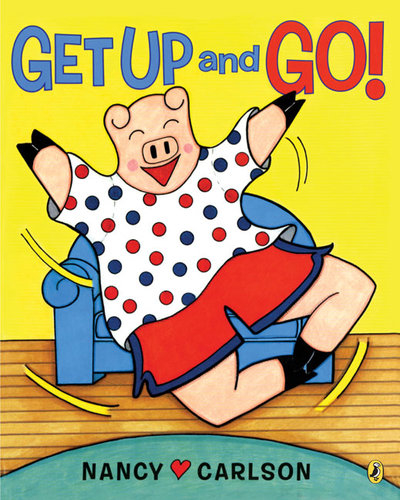 |
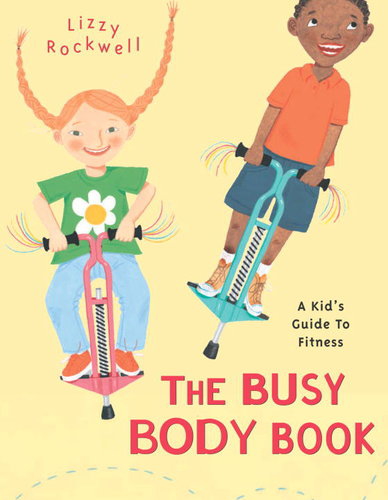 |
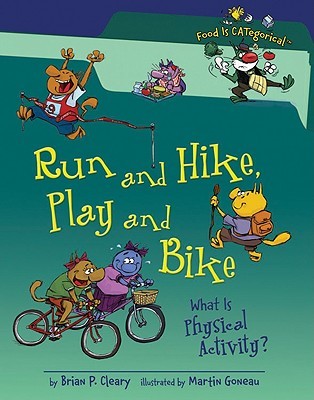 |
| Interest Level P-1, Lexile 540 |
Interest Level K-3, Level O |
Level K-3, Lexile 610 |


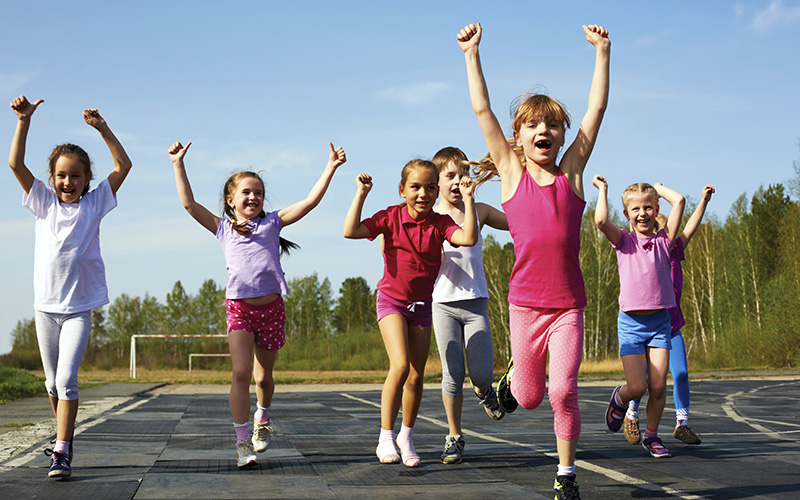
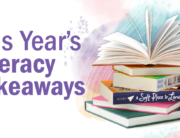
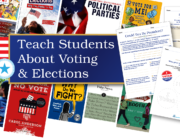
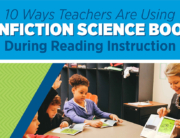
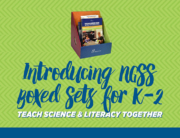
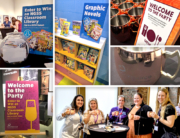
Leave A Comment